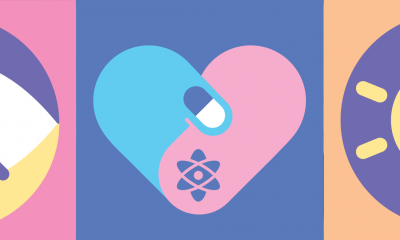By providing energy access, governments generate the conditions that ensure the basic health and welfare of their citizens, especially women, who are more adversely affected by energy poverty.
The Sustainable Energy for All initiative, which aims to ensure universal access to modern energy services by 2030, has made the connection between energy and women’s health a focus for 2015. Below are 5 ways in which a lack of energy access specifically affects the health and welfare of women and girls:
[dropcap type=”circle” color=”#ffffff” background=”#73cbf2″]1[/dropcap] Safety:
Women and girls spend 20 hours a week collecting firewood and water according to Kandeh Yumkella. They often make these trips alone, and have to travel to isolated areas to gather sufficient fuel, putting them at risk for harassment, rape, or kidnapping. A less discussed problem related to energy and safety is that women who are unable to find sufficient fuel are more likely to suffer from domestic violence.
[dropcap type=”circle” color=”#ffffff” background=”#58bba9″]2[/dropcap] Pollution:
Smoke from traditional wood fires is the silent killer of some four million people per year, and women and girls are the primary ones affected due to their household roles in the kitchen. Given that more than half of the world’s population cooks their meals using rudimentary or open fires, small improvements in government policies in this area have the potential to improve millions of lives. The installation of one ecological kitchen reduces CO2 emissions by 1.5-2.5 tons, yearly.
[dropcap type=”circle” color=”#ffffff” background=”#7768ac”]3[/dropcap] Childbirth:
During childbirth, women in rural areas often give birth in healthcare facilities that lack electricity, putting their lives and those of their babies at greater risk.
Solar power, provided by the IDB funded 2012 Emergency Program for Solar Power Generation for Haiti, allowed nurses to deliver babies more safely at night at Hôpital de Port‐a‐Piment in northwest Haiti. Dr. Jean‐Richard Vital, Director of the hospital, remarked: “Already, a dream turns into reality.” The hospital received solar power generators and solar powered refrigerators for conserving vaccines. These were part of a disaster management and reconstruction plan after the earthquake. “The hospital is lit like a beacon – and this time without the need to run the generator or buy fuel, as all of the energy used comes from our Caribbean sun.”
[dropcap type=”circle” color=”#ffffff” background=”#f293bf”]4[/dropcap] Breast cancer, cervical cancer & infectious diseases:
The diagnosis and treatment of these and other illnesses that affect women require electricity access for laboratories and diagnostics facilities. Not all illnesses affect women and men equally. For example, recent research has shown that Ebola disproportionately affects women because they are the primary care givers to the sick.
[dropcap type=”circle” color=”#ffffff” background=”#fcc89a”]5[/dropcap] Economic opportunities:
Many women in rural areas spend their time at home caring for children. Basic energy access allows them to start small businesses and gain some level of economic independence.
Universal access to energy is intimately connected to issues of women’s health. By opening up the discussion about the relationship between energy and health and focusing on projects like the one implemented in Haiti, SE4ALL Americas shows the far-reaching impact of energy poverty on girls and women in Latin America and the Caribbean.
Last October, at the launch of the Decade of Sustainable Energy for All in the Americas , Chilean President Bachelet stated: “Democratization of energy should be the sign of our times.” Do you agree? We would love to hear your story on how access to energy, or lack thereof, has made an impact on your life or on the environment.
Share your comments below or in Twitter – tag @BIDcambioclima and @BIDenergia !



Leave a Reply